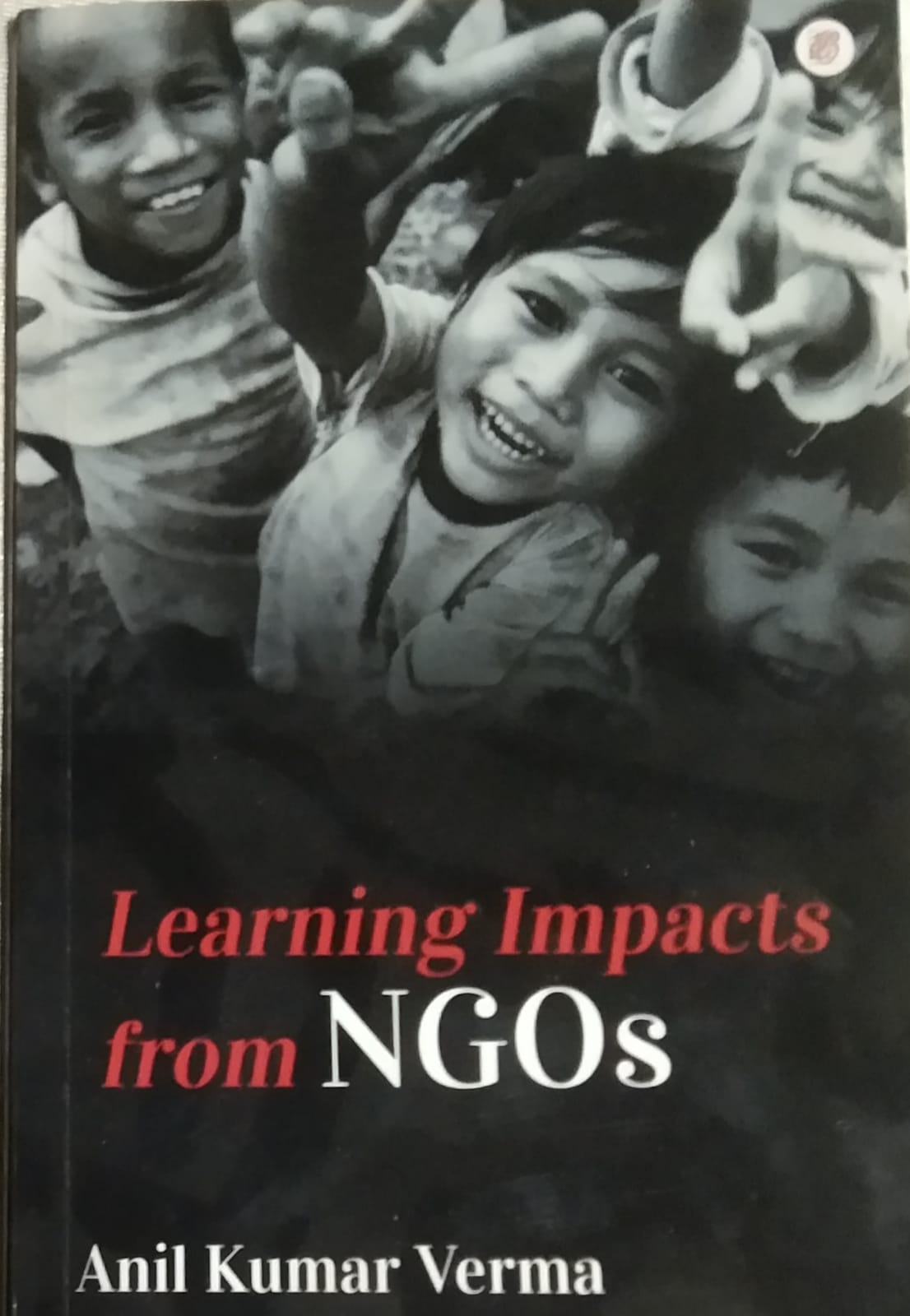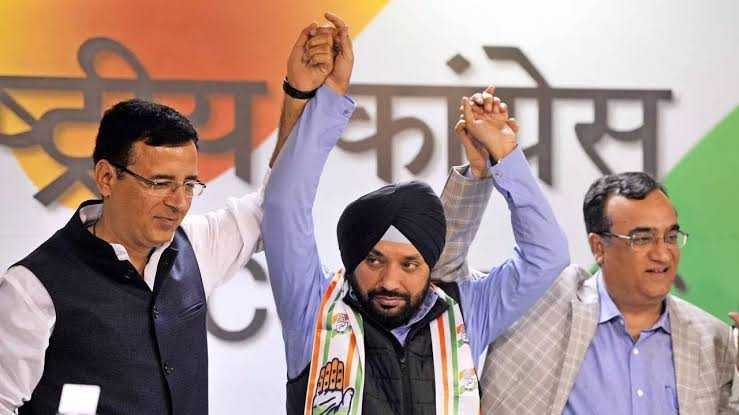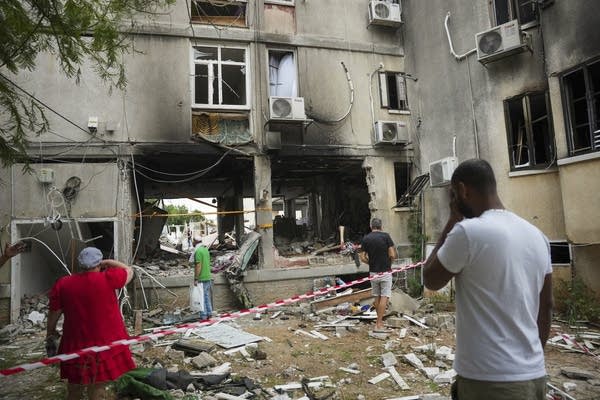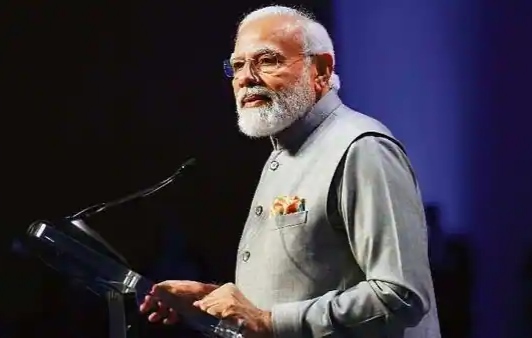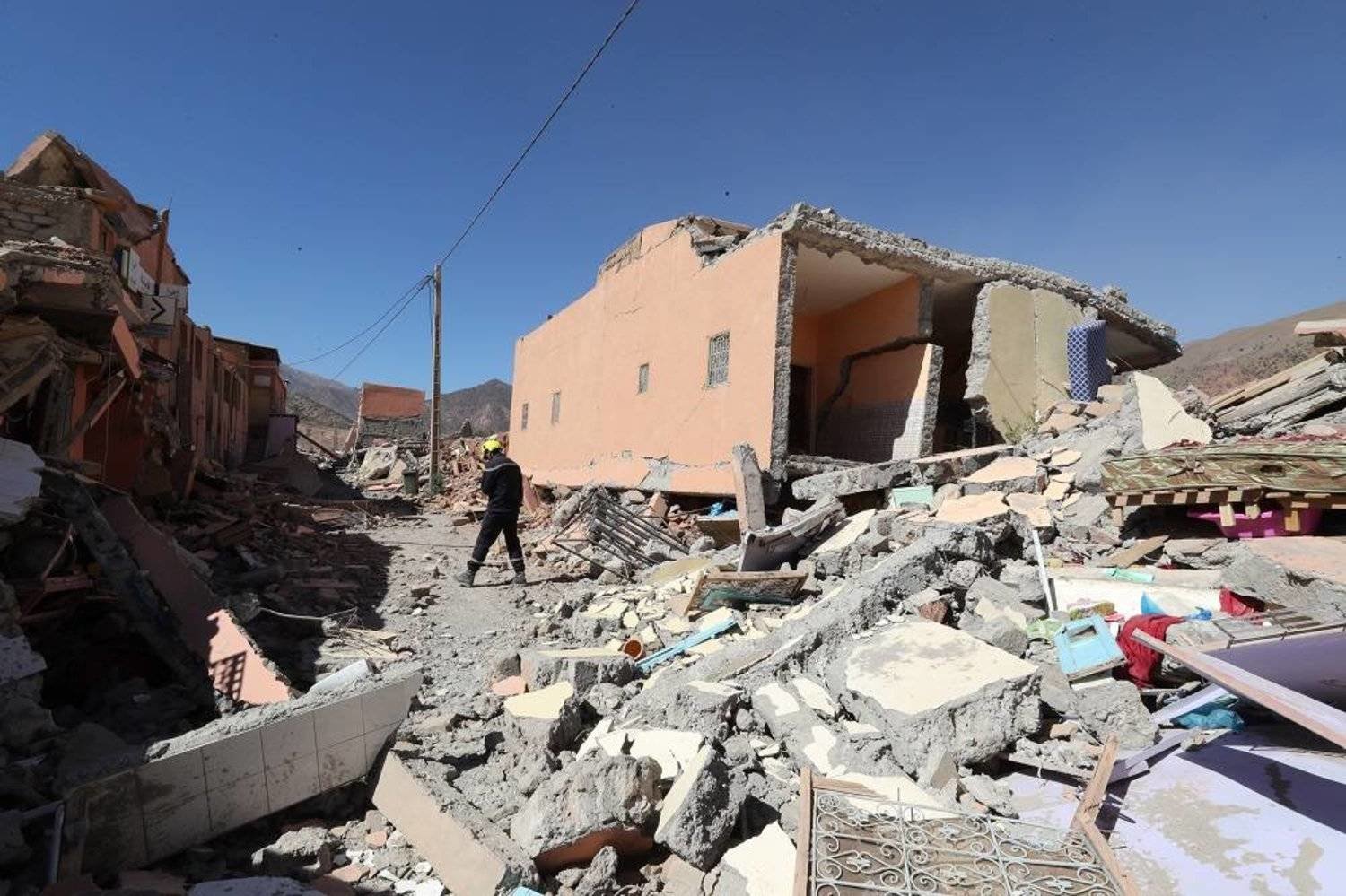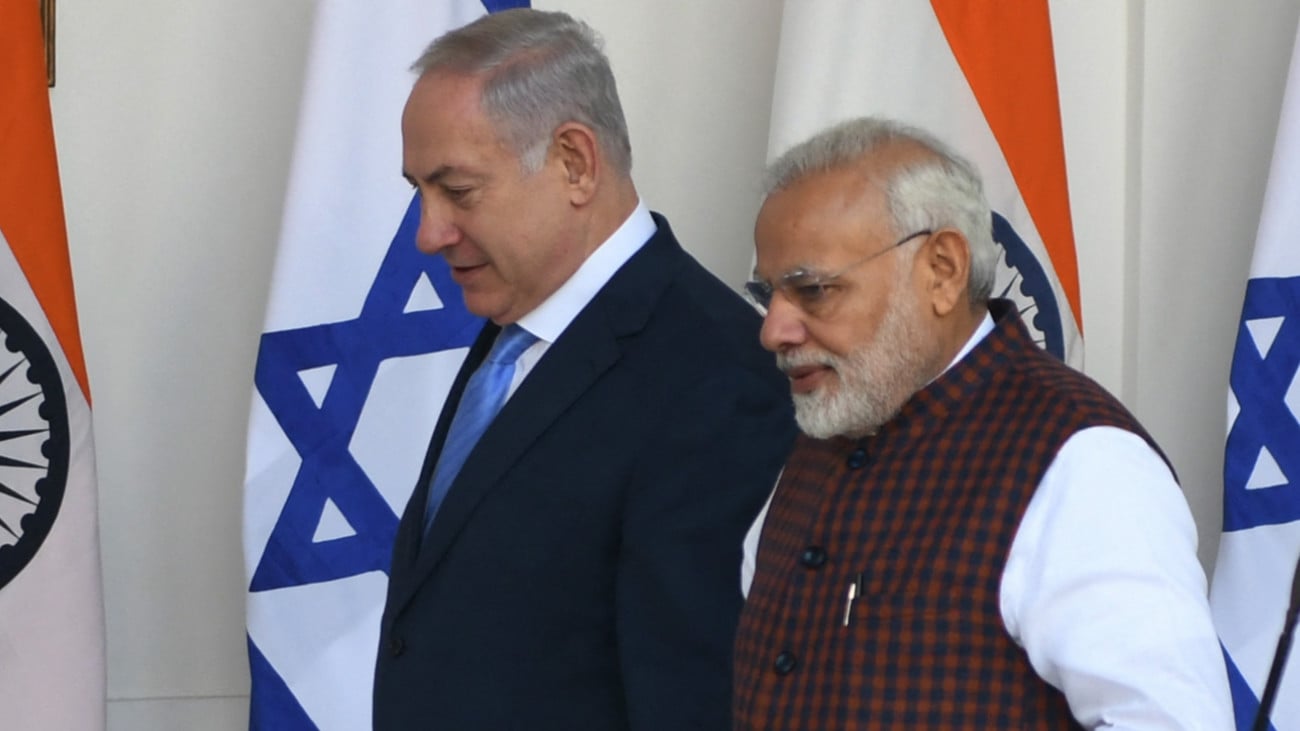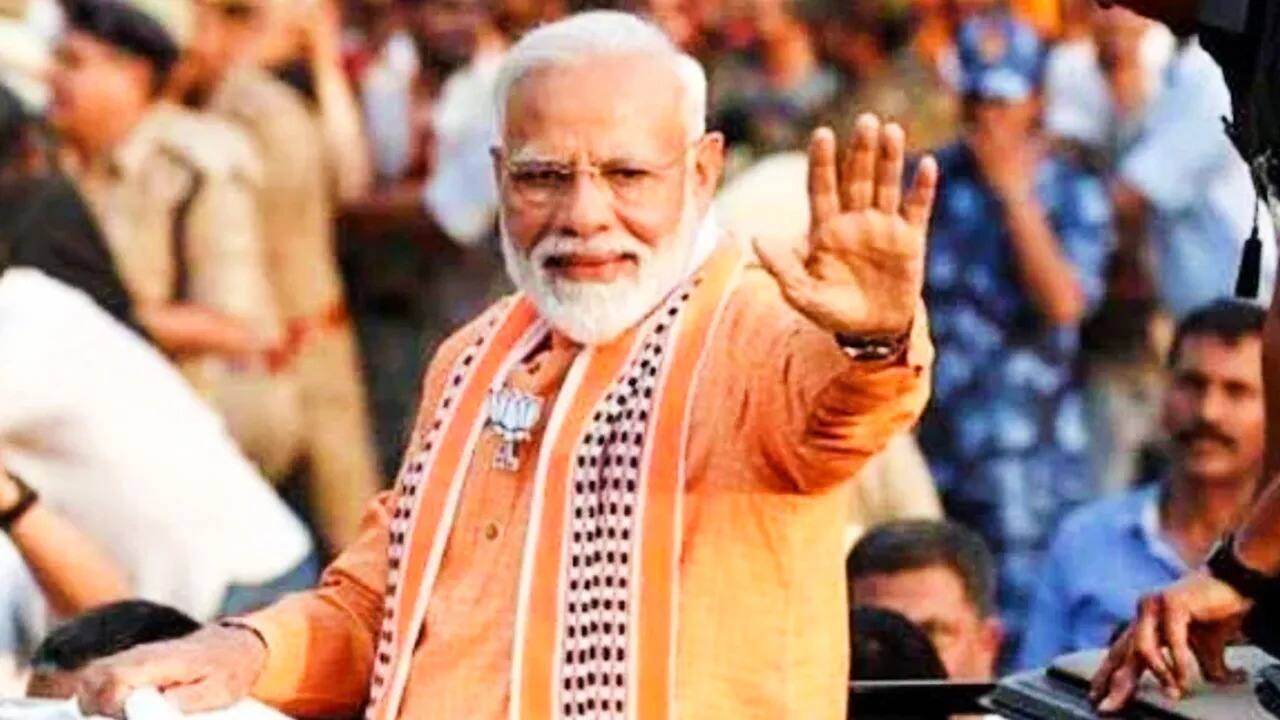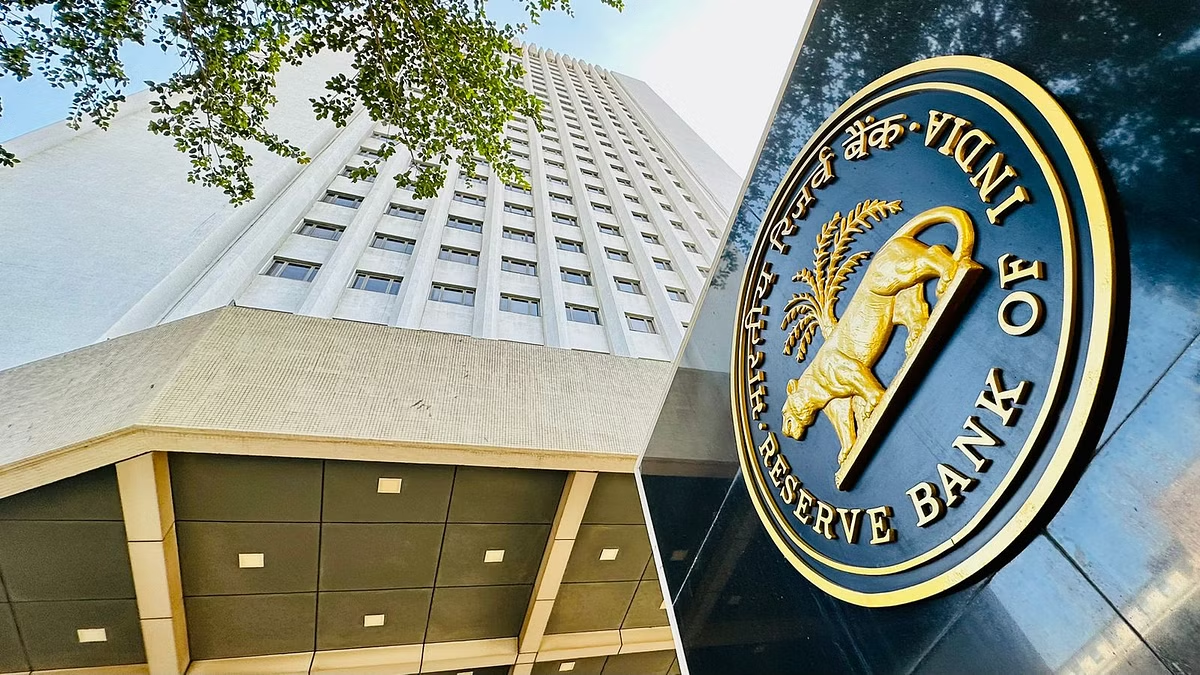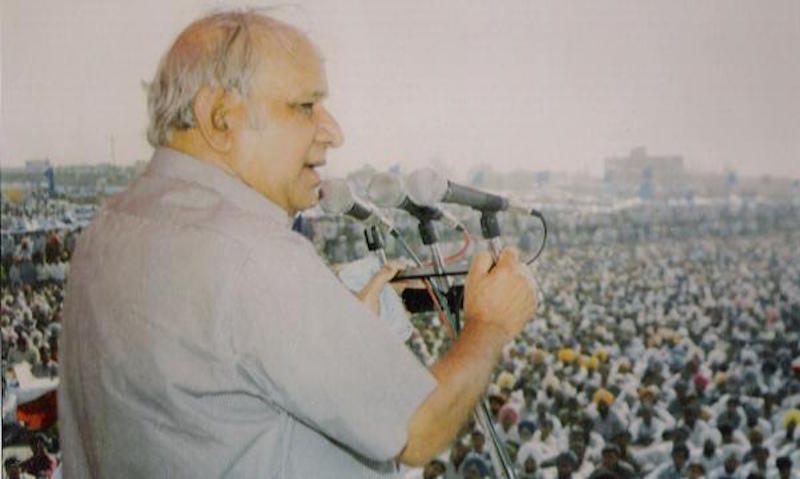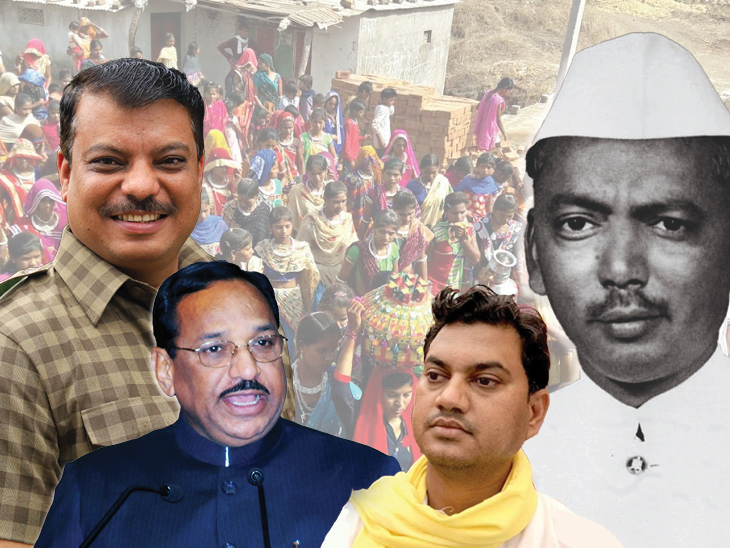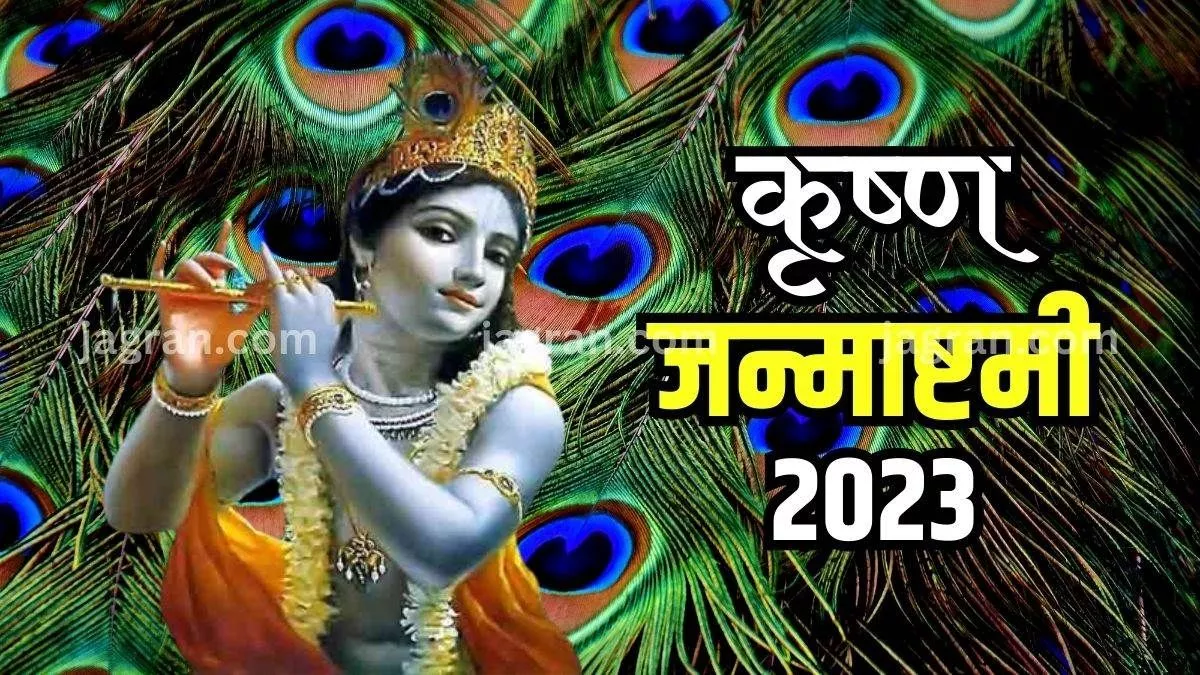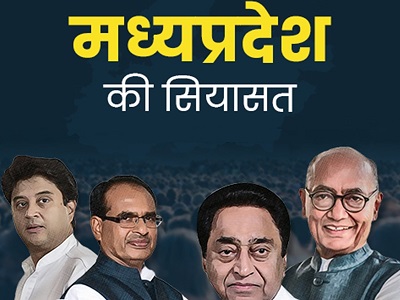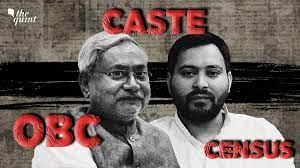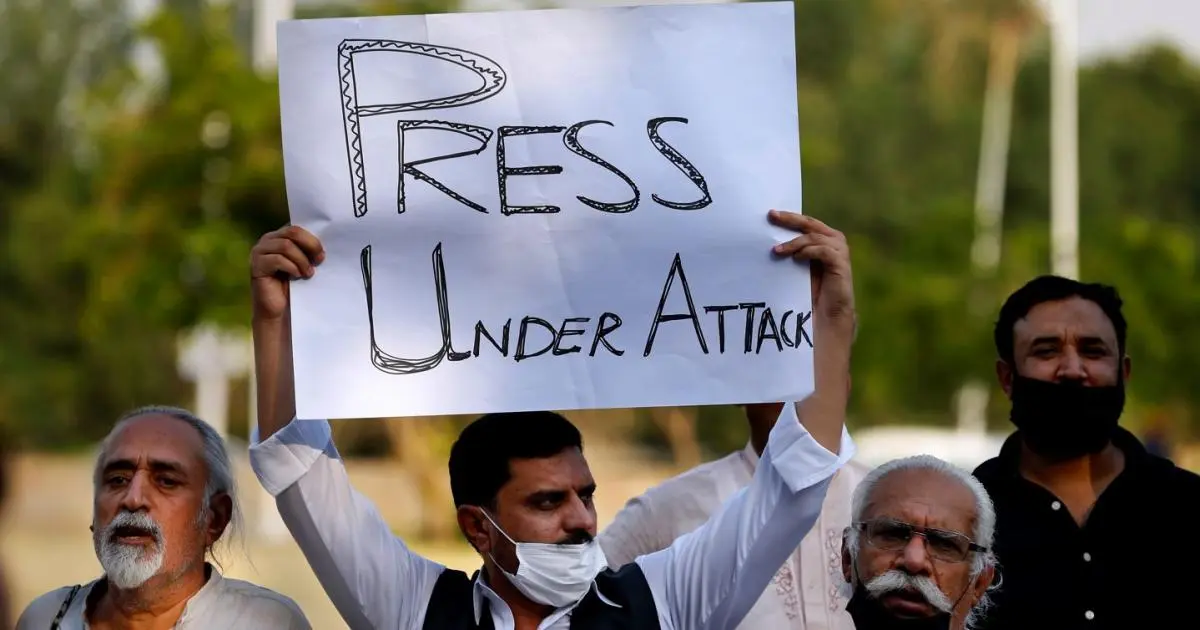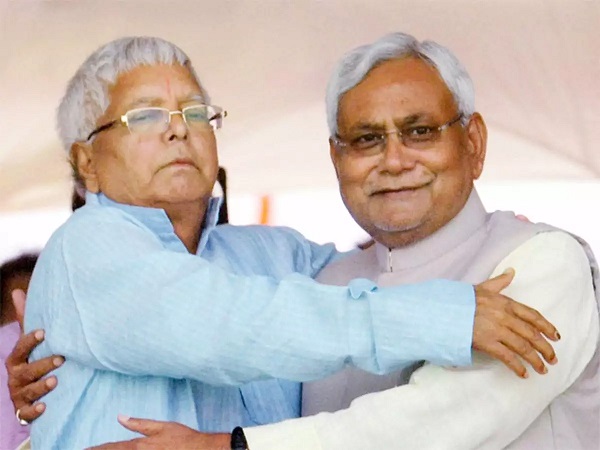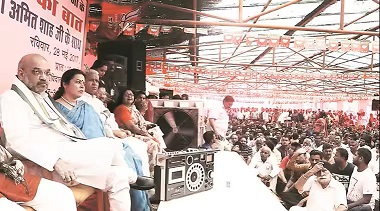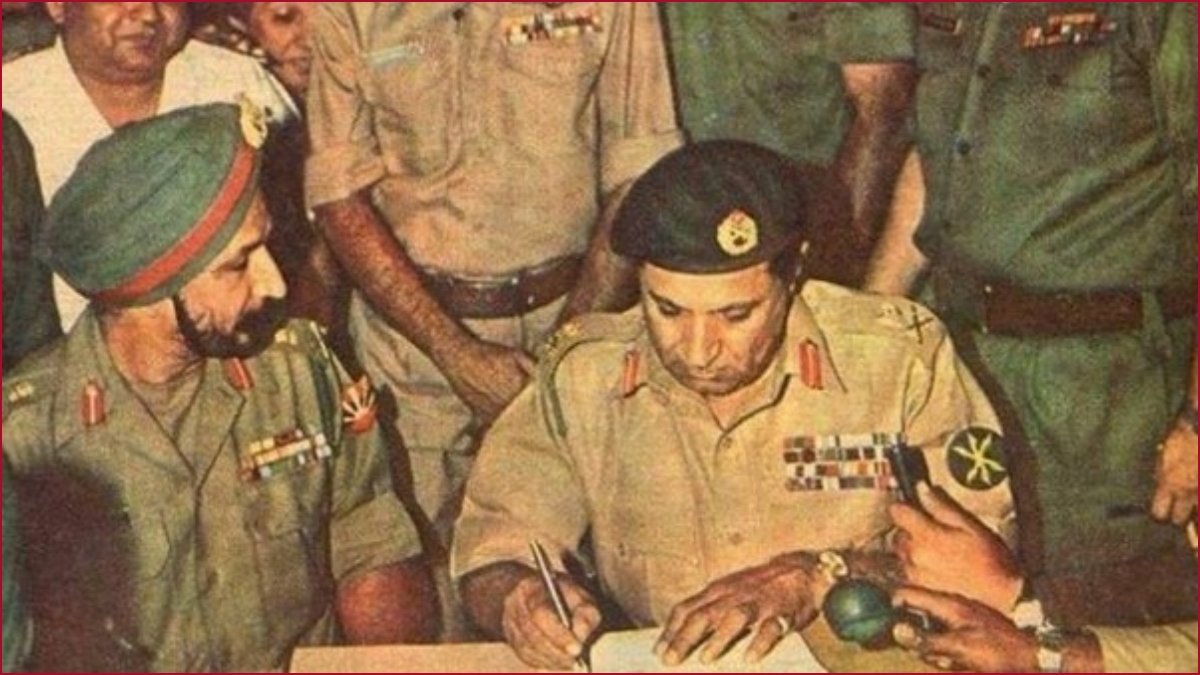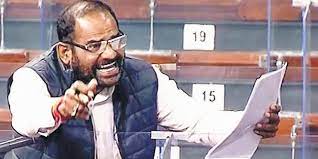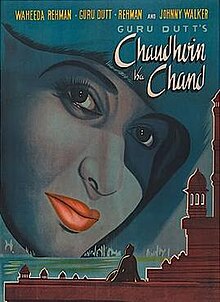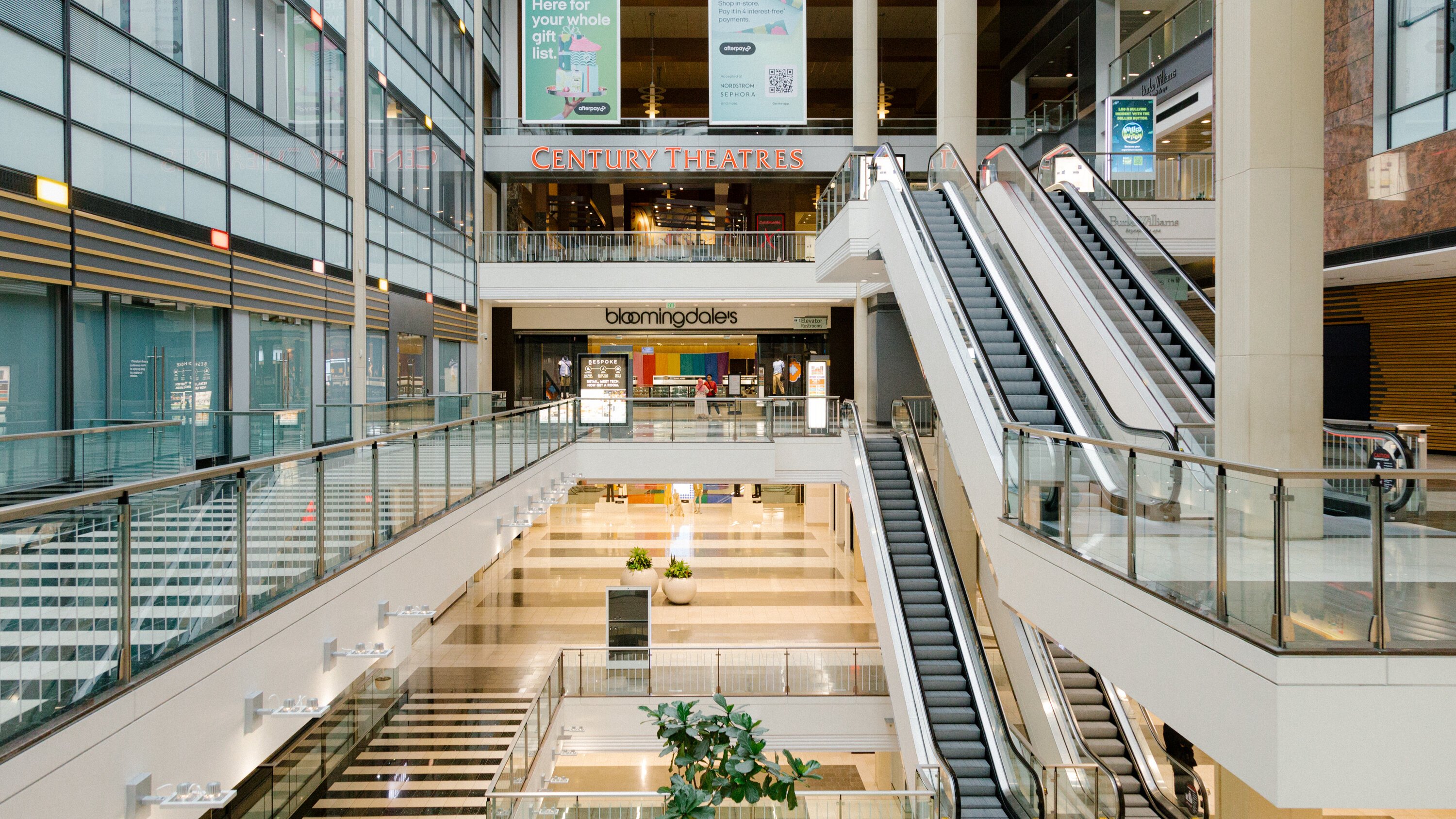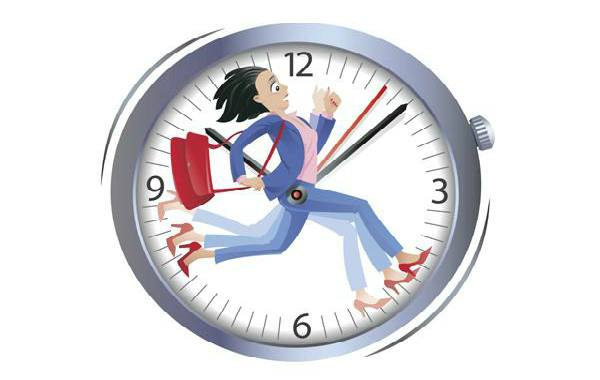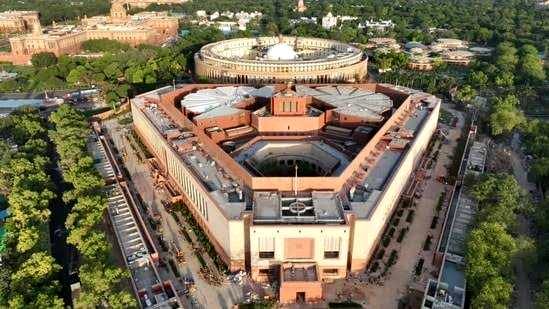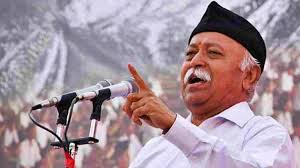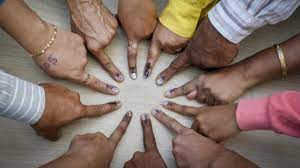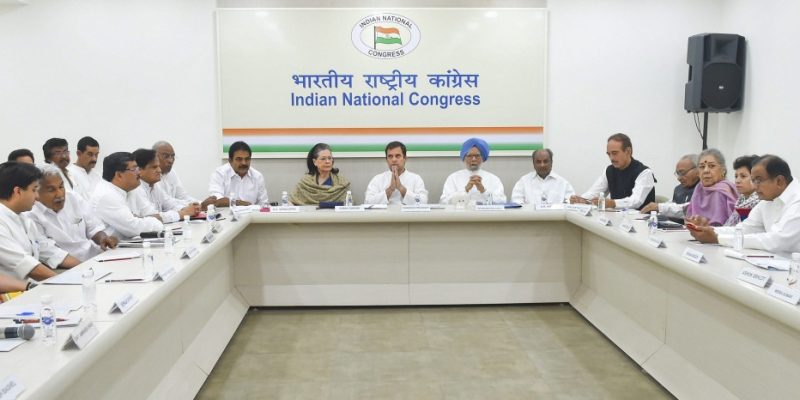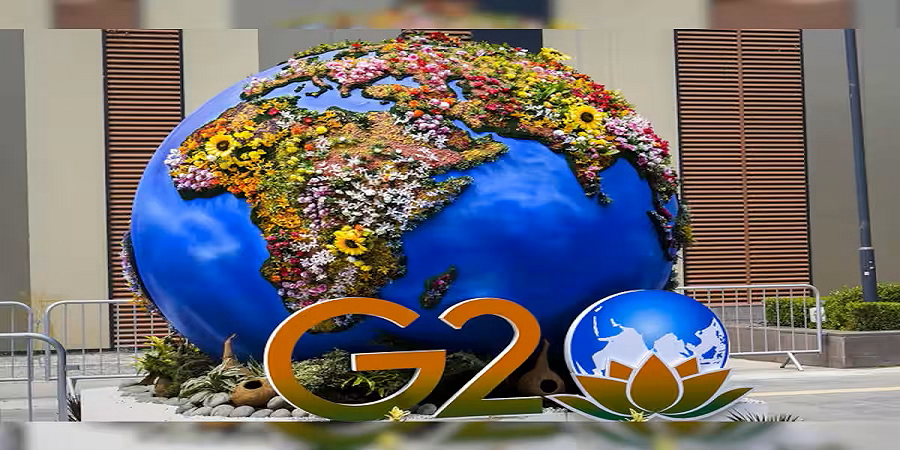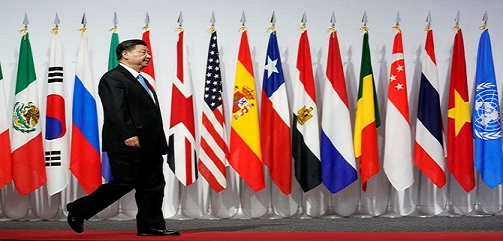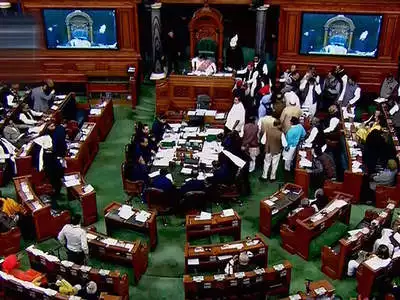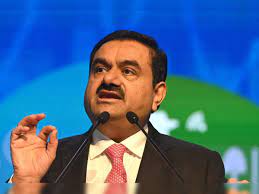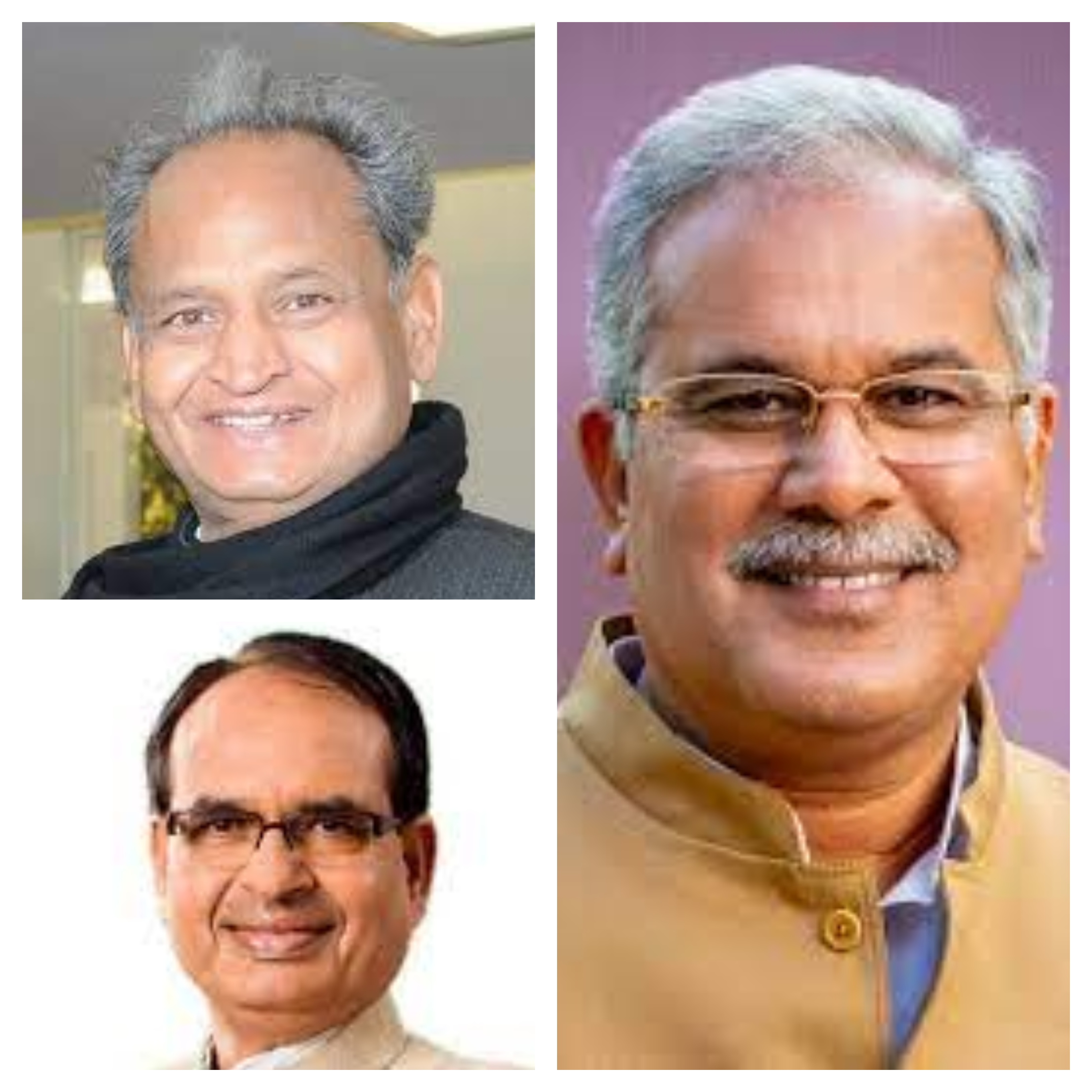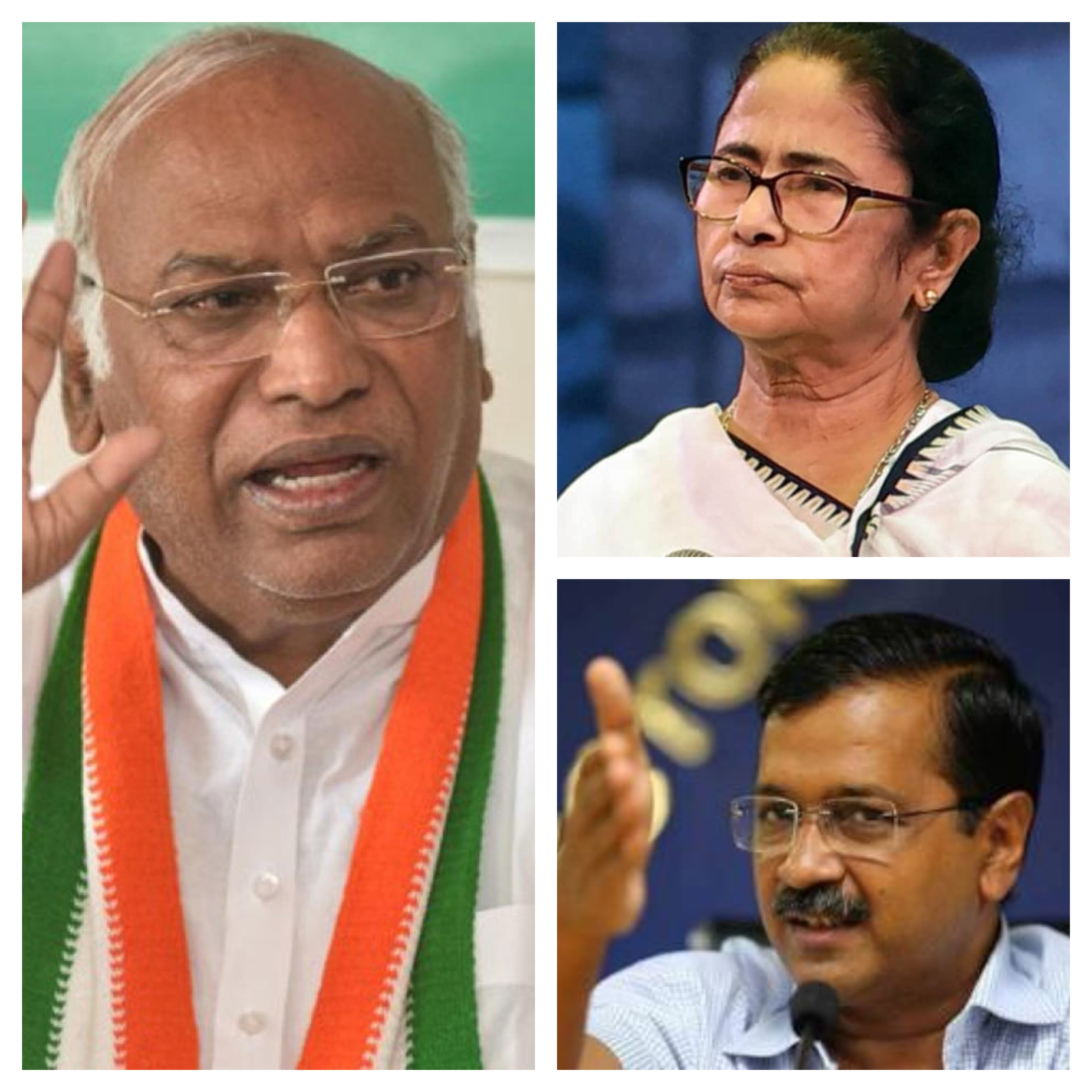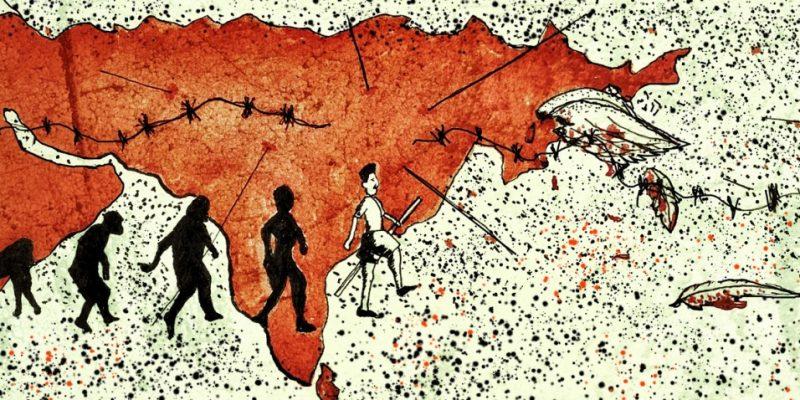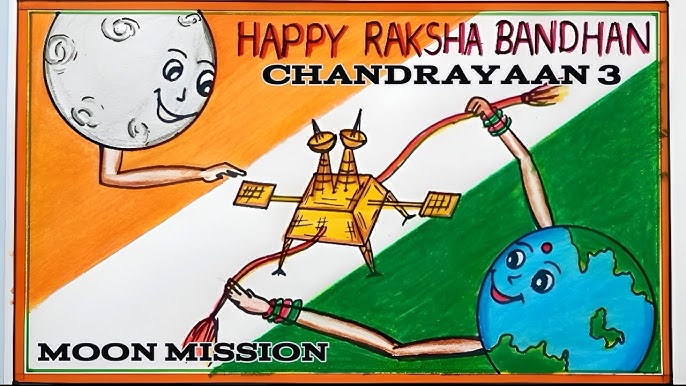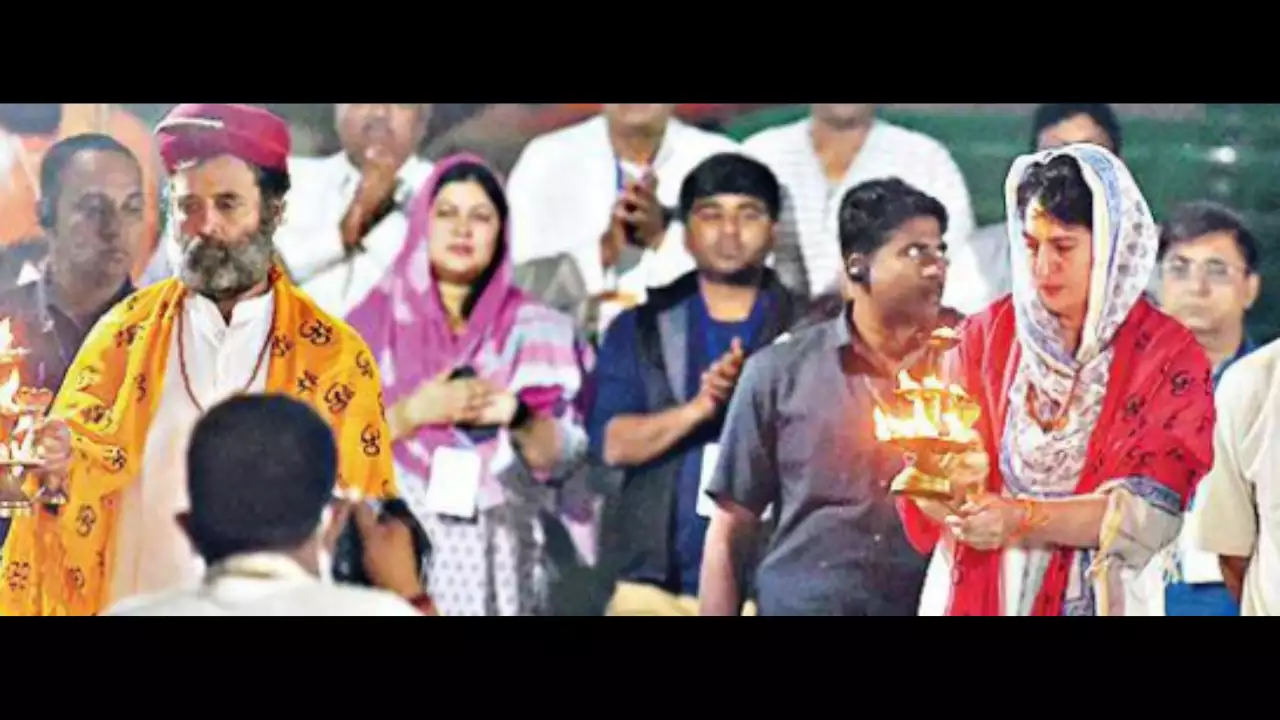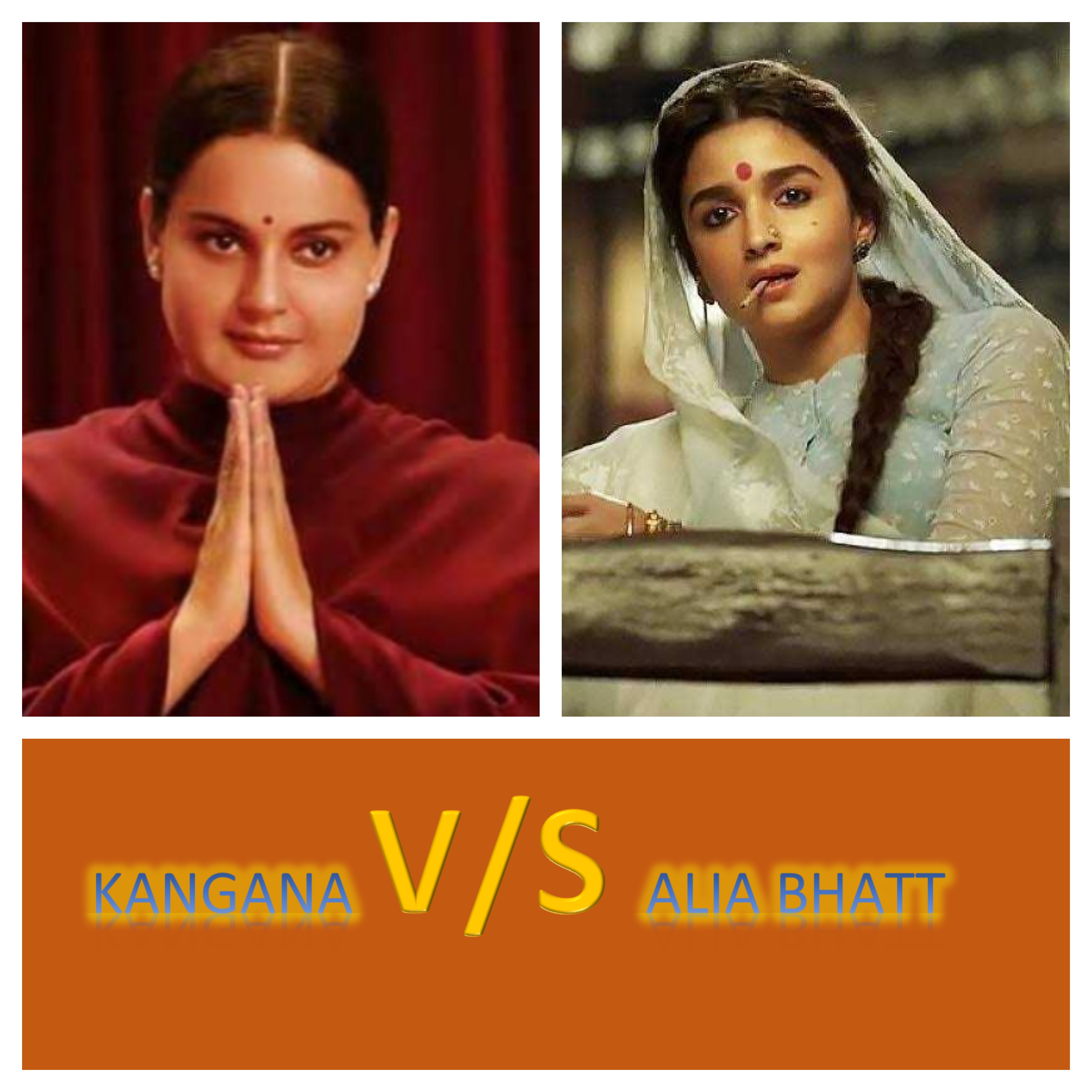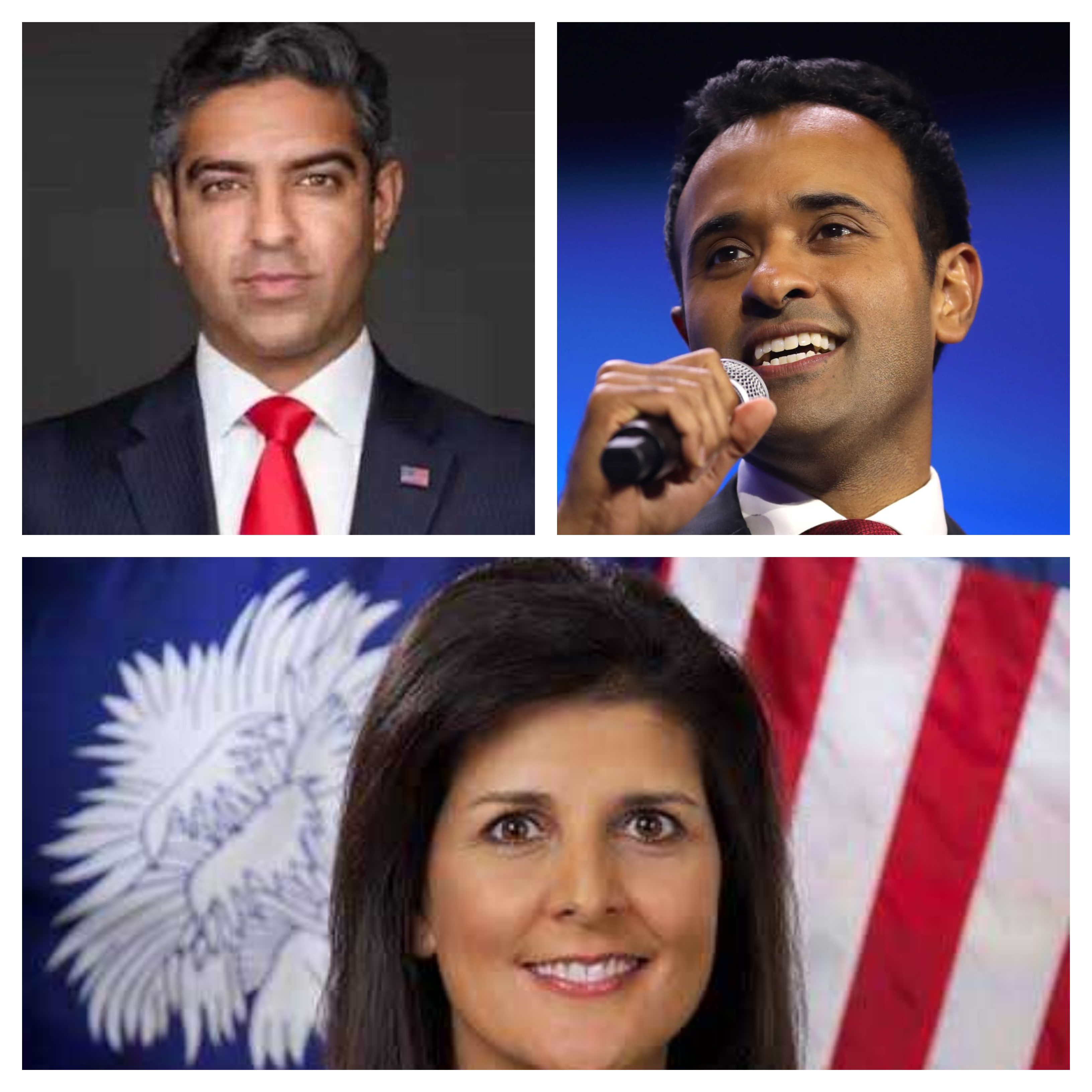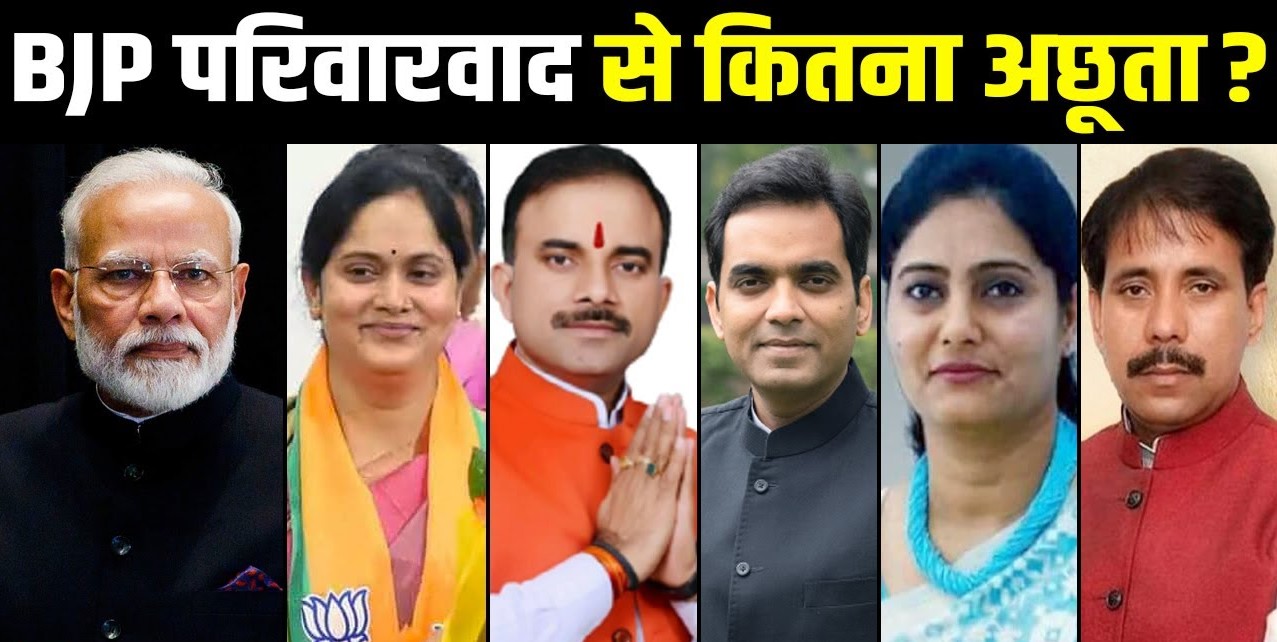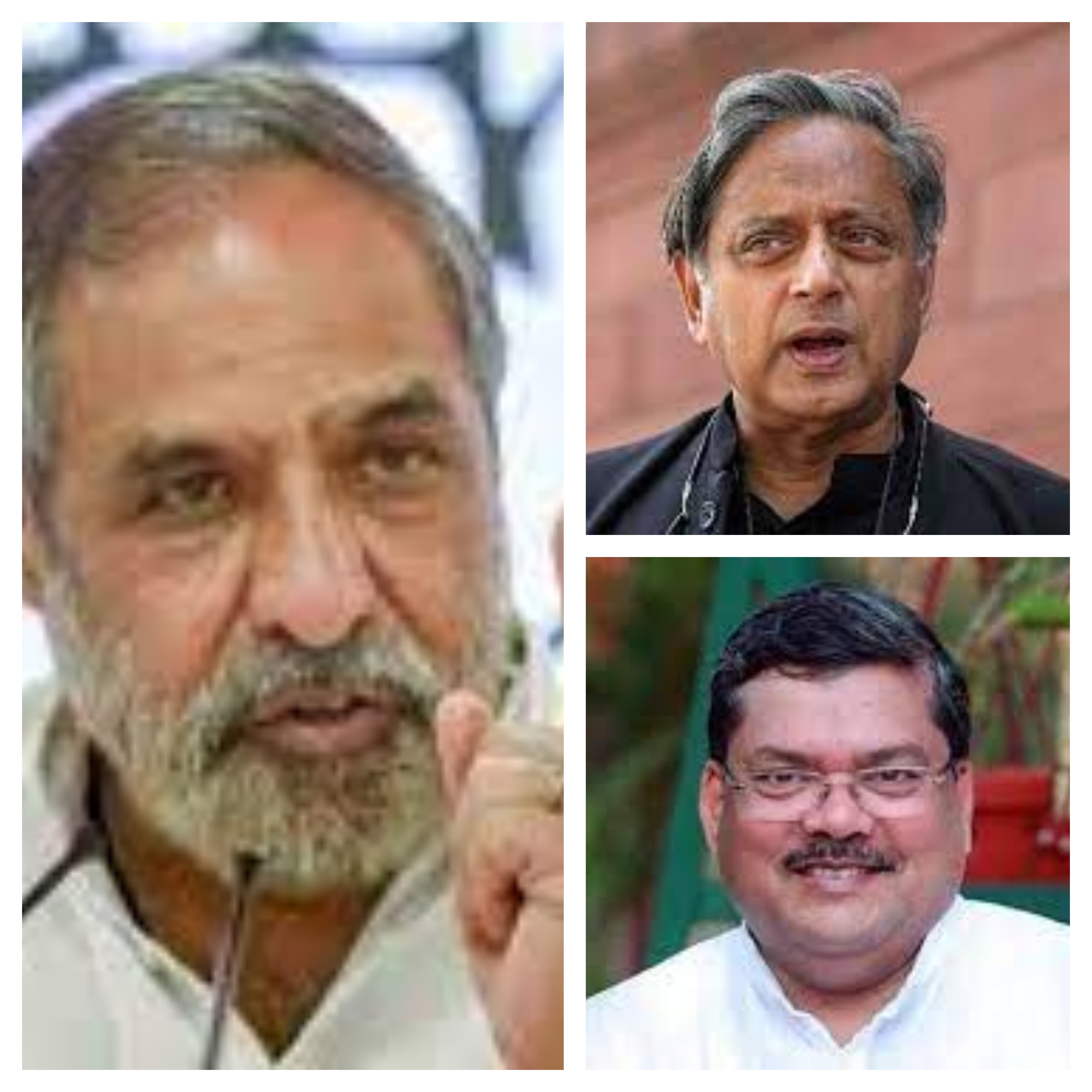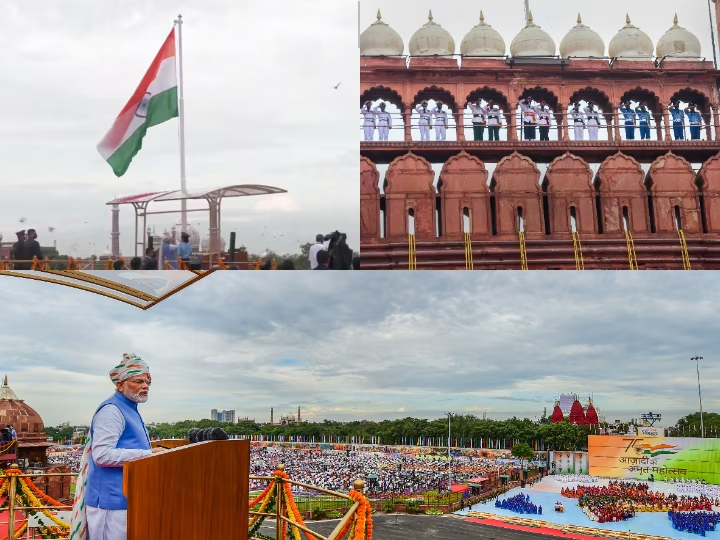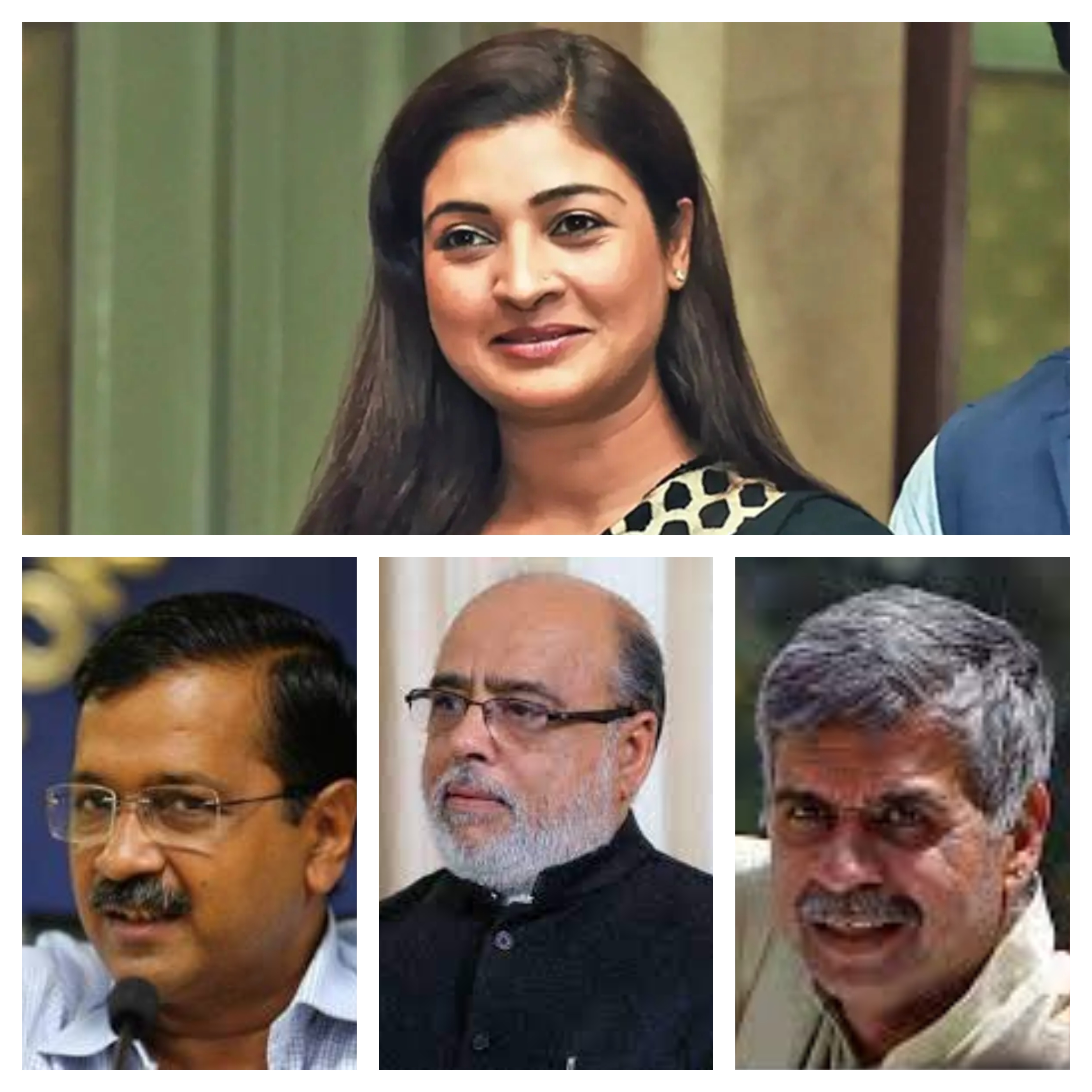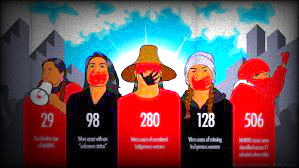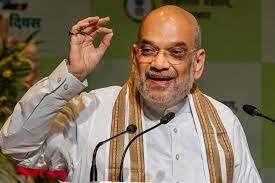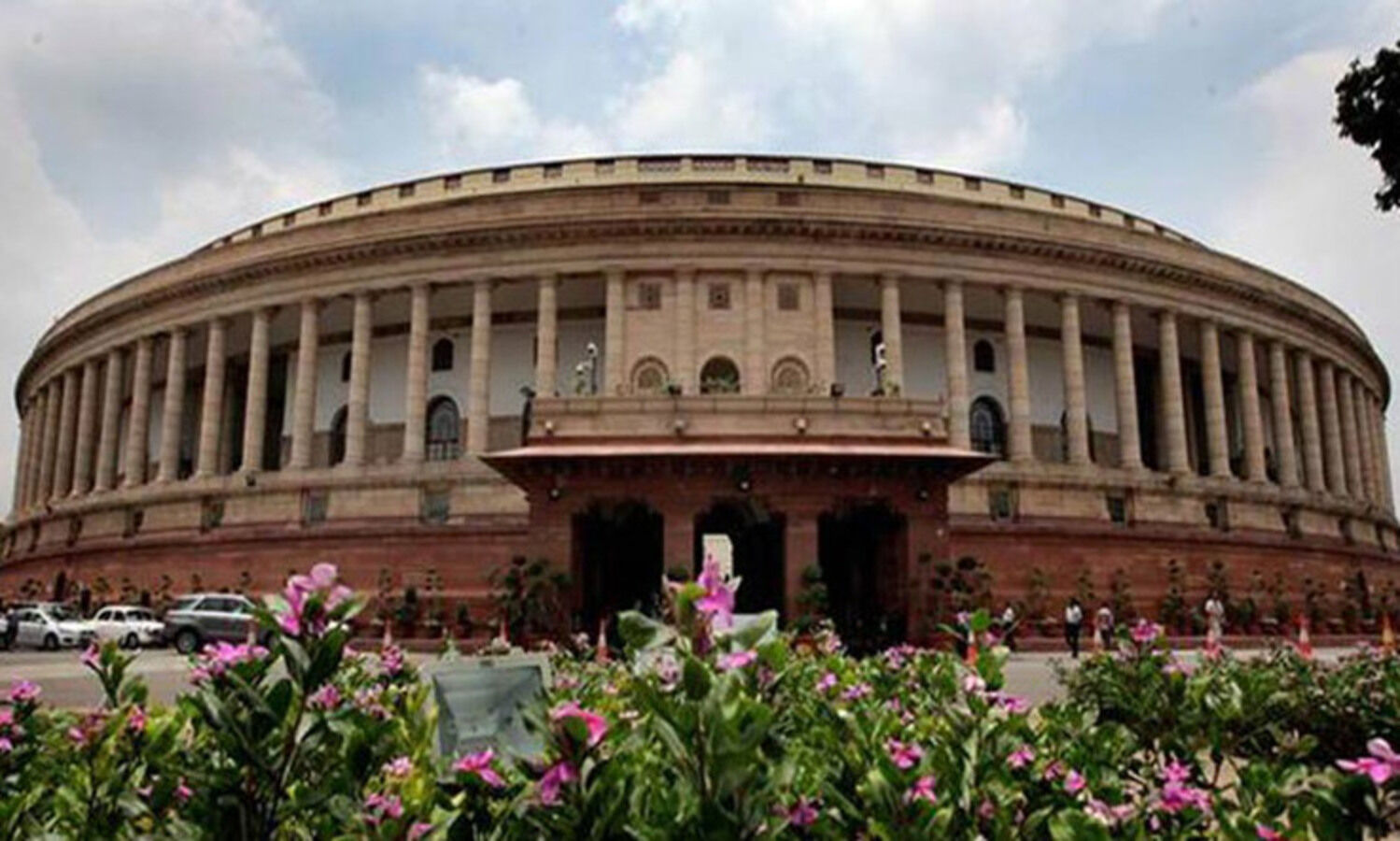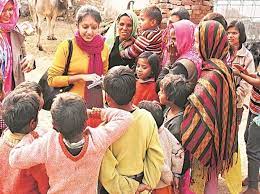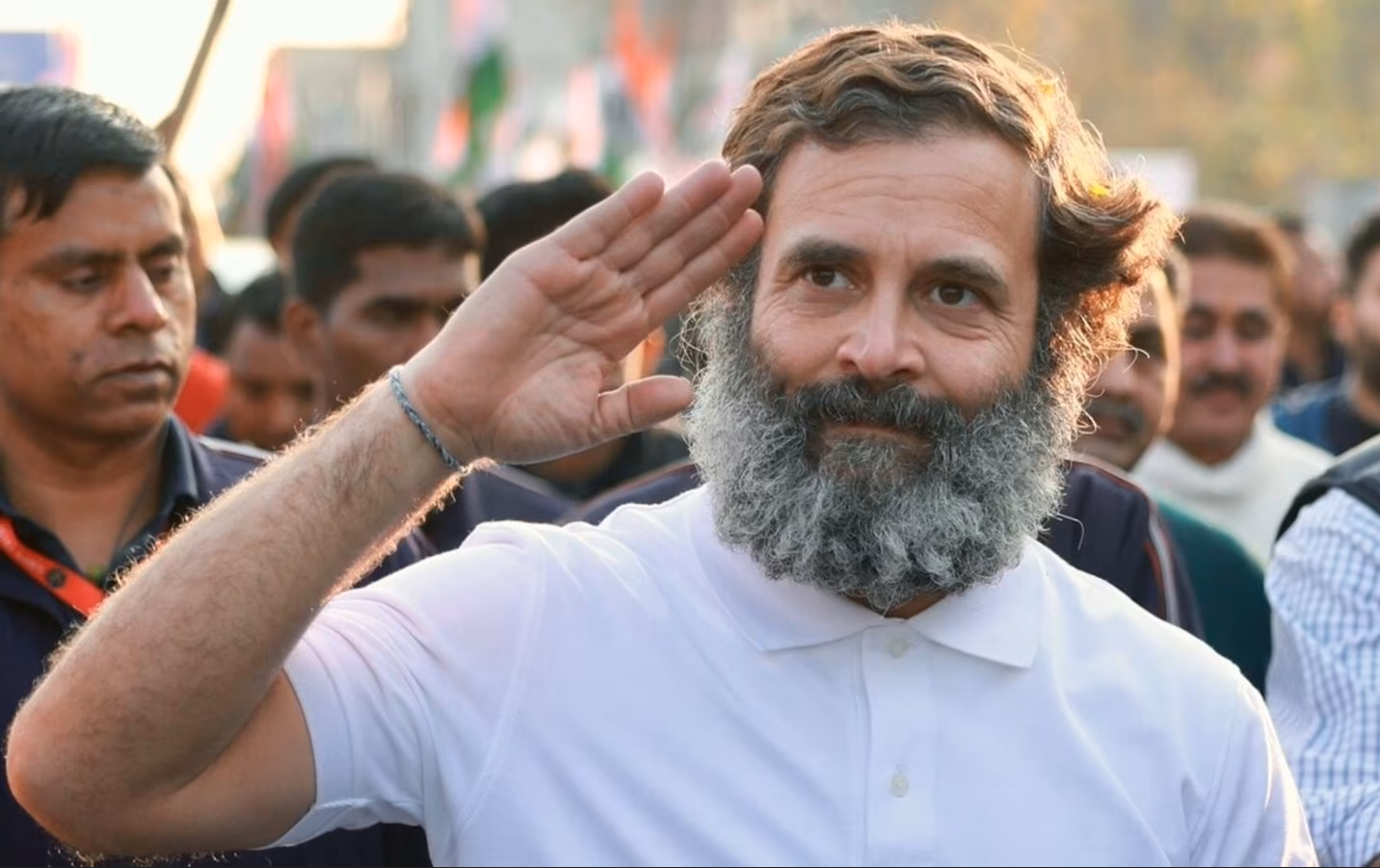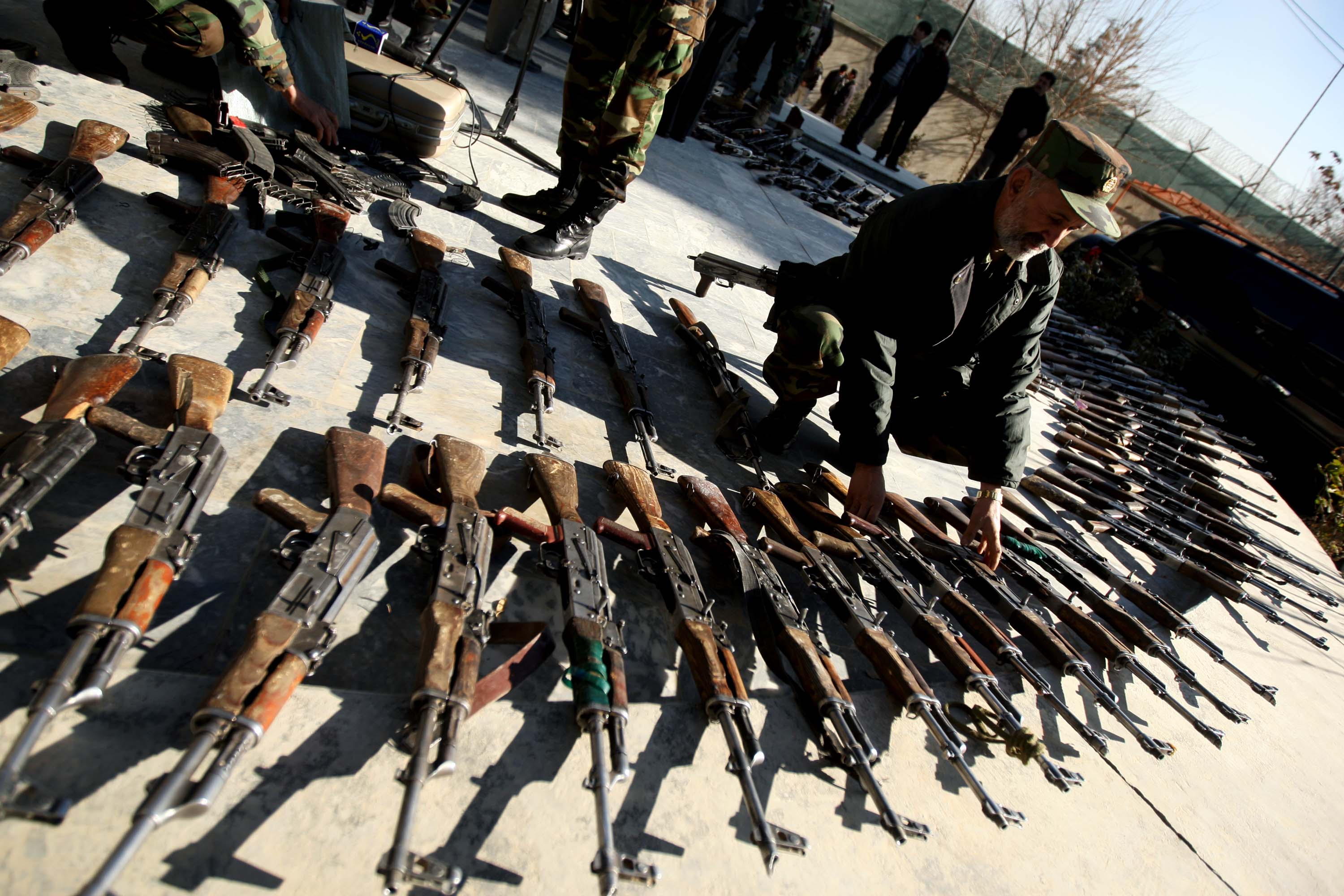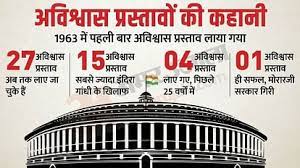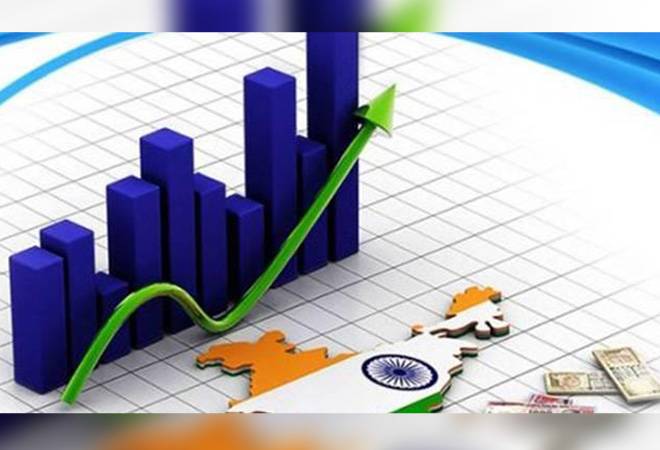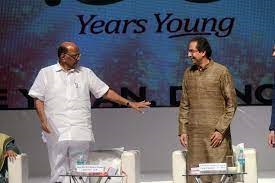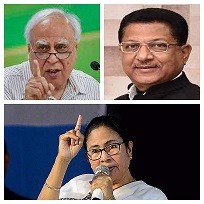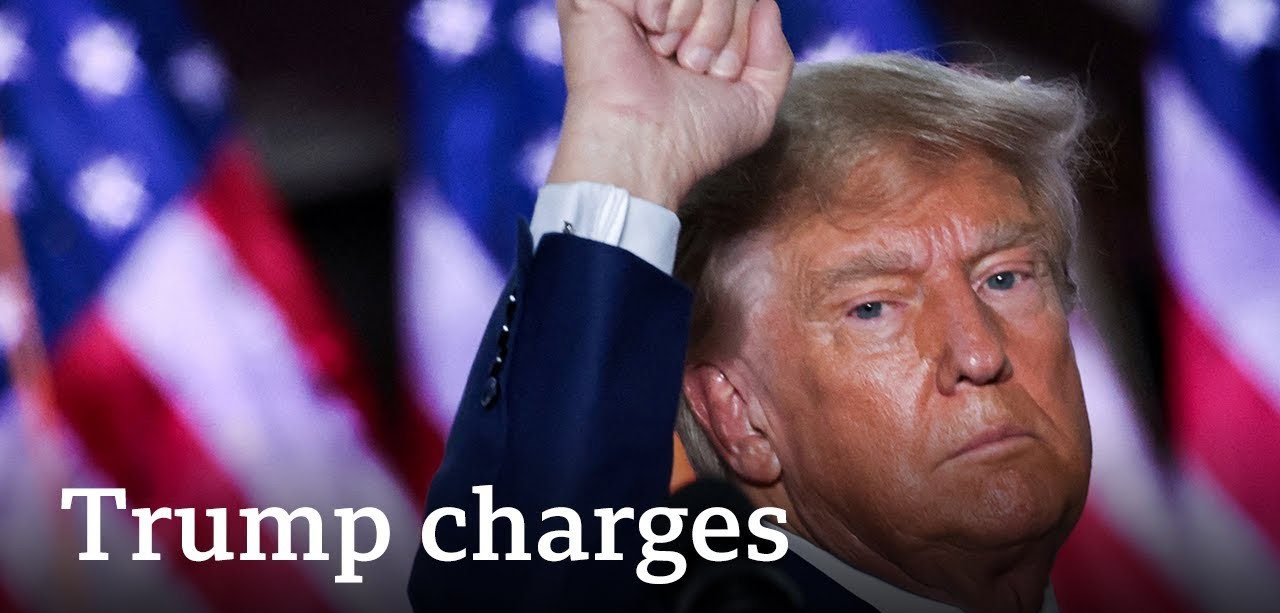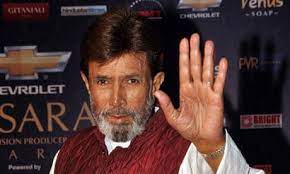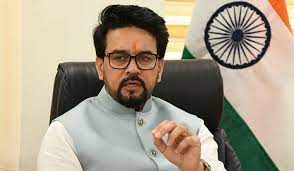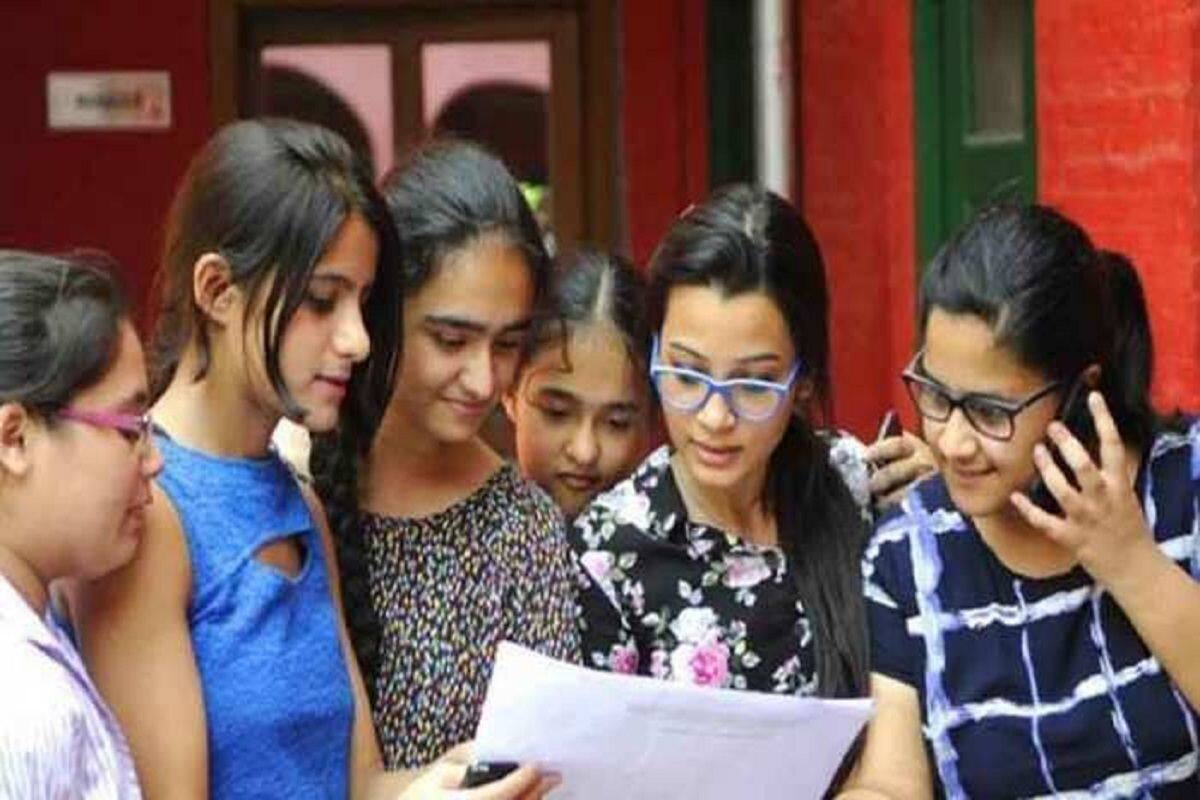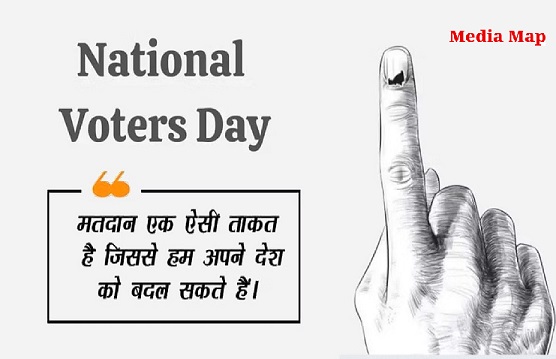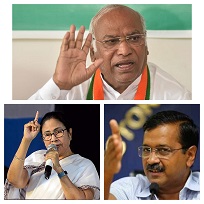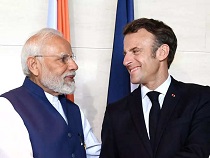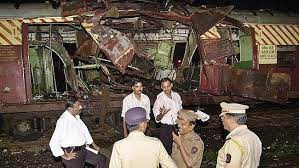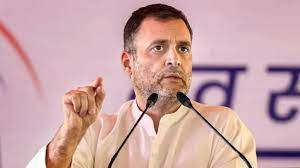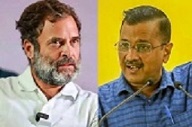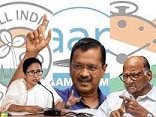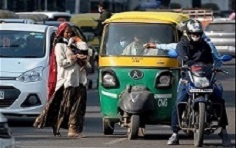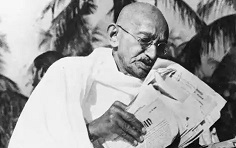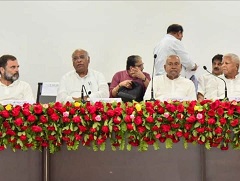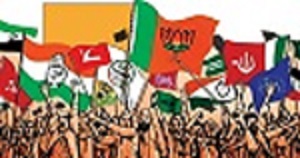1
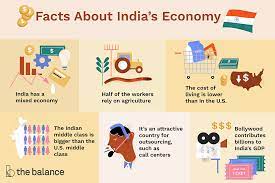
New Delhi, August 1, 2023
Indian ranking at per person income was at 157 of 195 countries in 2014 and is likely to be 138 among 189 nations.

Shivaji Sarkar
India is on its way to become the world’s three top economies in terms of monetary terms, as Prime Minister Narendra Modi guarantees us in his possible third term
From ‘dus numbari’ to ‘teen numbari’ is no mean achievement. A guarantee at a time when the government faces a token no-trust motion, turmoil in Manipur and prepares for many state elections speaks volumes. Though even some RBI observations find that the task if achieved would be through severe inflationary process. Its surmise that infra spend would curb inflation has gone awry.
The rupee is gaining currency in almost 20 countries, including Saudi Arabia for equal exchange rate, and partially with France accepting Rupay card. Again a good move to de-dollarise the world continues even at the BRICS summit in South Africa. A pious aim with gradual larger thematic reach though the dollar still holds sway. With a slight change in dollar rate or interest rate firming, the capital flows back to the US market. Even the foreign portfolio investors dump Indian share markets to the US for quick gains.
There is much beyond for a country that is obsessed with big numbers, high speed and every bit becoming glamorous and grand. It dazzles but those with less income or who cannot ride a metro train for high fares still wonder what it exactly means. It does not easily percolate down to them. The trickle-down theory also called A-ardali, B-bavarchi, C-chaprasi and D-driver has not marked the changes deep down, despite guarantees by many prime ministers. Of course, Modi is different and they look at his guarantee with trust. But infra has come with destructions of structures, forests, lands, and ecology for roads and other activities adding to the inflated value.
A SBI Ecowrap report says that the country’s GDP is projected to grow at a rate of 7.1 percent in the current fiscal and by 2029 to take a major leap. It hopes India to have 8 percent growth in April-June quarter of 2024 though the current fiscal, the growth to remain around 6.5 percent. This aligns with the National Statistical Office second advance estimates. The RBI has also indicated that the GDP will grow around 7 percent. The International Monetary Fund also says that India may surpass Germany and Japan, too high an expectation. Despite slowdown the inherent strength of those economies is greater than that of India.
In 2014, India at $ 2 trillion ranked 10th in the world. A year later it jumped to seventh, by 2017 it was sixth and by 2021 touched the fifth and now IMF projections show that it can achieve the third rank by 2027 behind the US and China. India has to grow at a continuous 8 percent between 2024 and 2027. During recent times it has not achieved that rate. Many economists ascribe the present growth rate to low, minus 23.9 percent, numbers during covid19 lockdown. Economies grow but usually it does not leap with just pious wishes. India’s export numbers also remain low and so does its share of the world market.
Another aspect that concerns the economists and RBI are inflation numbers. It remains beyond its tolerance limit. Till last year the high wholesale rates rattled it. This heats up the economy and numbers swell with prices. The large figures though are important, the actual power of the rupee does not grow.
The inevitable rise in GDP though an important indicator, is rattled by the lowest per capita GDP among 10 largest economies. In dollar terms, the average income of an Indian was $ 1560 in 2014. A normal American earned $ 55,084, 35 times more. Germans had 31 percent more income, Britons 30 times; and the Japanese, Italians and French 20 times than an Indian. Even a Chinese earns five times more.
By 2027, an Indian is projected to have $ 3,466 income while a US national will earn $90,231; German $ 59,053; Briton $ 58,009; French $ 49,896; Japanese $ 41,569; Italian $ 40,899. Even a Russian would earn $ 15, 752; Chinese $ 18,317; and poor Brazilian $ 11, 658. Thus India, despite a national standing may not be congenial for the workers.
This has impacted the Indian rupee as well. Despite being stable at a low of above Rs 80 for some years- Rs 82.19 on July 28, it suffers in its international standing for two primary reasons. It has low domestic purchasing capacity and that marks its intrinsic value. The international exchange remains high despite an intense diplomatic effort at increasing its acceptability. Unless rupee’s domestic power rises, its acceptability in the international market will continue to dither. Nobody wants to have a currency that is not easy to exchange. Russia has never rejected the rupee but its companies insist on payment in dollars or in even in yuan.
It becomes more ticklish as the US has raised its interest rates between 5.25 and 5.5 percent, highest since 2001. It immediately changes the international scenario and causes capital flow back to the US. Bravado is not an asset in international economics. This has to be taken care of.
India’s GDP numbers are larger than France and the UK. But its per capita GDP struggles with unstable economies of Zimbabwe $ 1415, Yemen $ 1580 and Pakistan $ 1415 as in 2014. Some years later in 2027, India with $ 3466 expected per person income would be behind Bangladesh-$ 3748; West Bank $ 3728 and Vanuatu $ 3593 and slightly above Angola -$ 3458 and Nigeria- $ 3288. In fact, even a Bangladeshi would earn $ 282 more than an Indian in 2027.
Indian ranking at per person income was at 157 of 195 countries in 2014 and is likely to be 138 among 189 nations.
Even to achieve the gross GDP ranking it depends whether Germany and Japan slips or not from their fourth and fifth positions. Japanese had slipped from $ 5 trillion level in 2022. Overall, it still is a stronger overall economy than India.
Hopes are with India for a rapid rise. But holistic gains would still need to be achieved with better social, governance, corporate and job opportunities. The rank of being third means a lot if all other parameters support and boost the living conditions. Overall indicators may mean that GDP growth in itself is not the end unless the country grows on all of its parameters.












































































































































































































































































































































































































































































































































































































































































































































































































































































































































































































































































































































































































































































































































































































































































